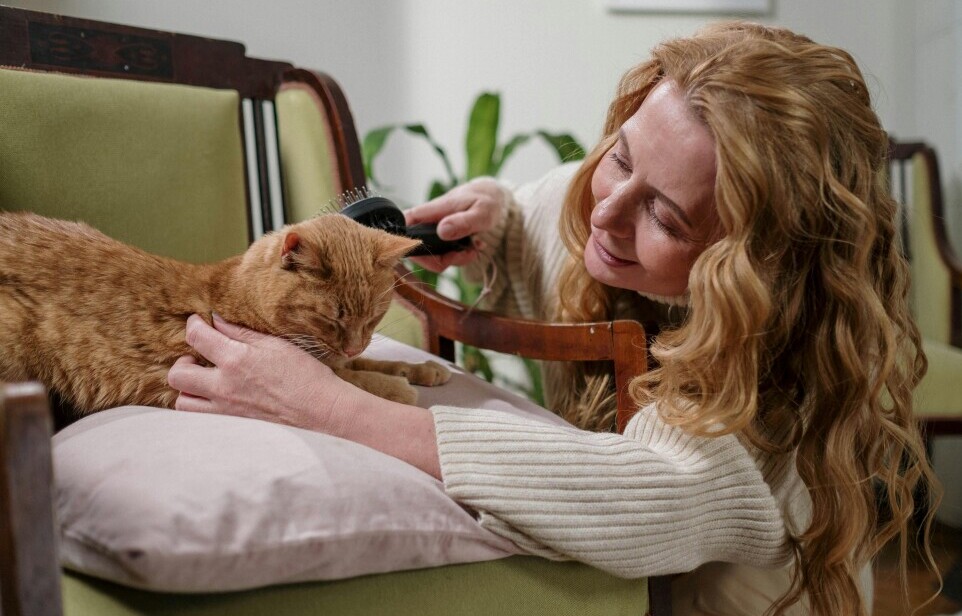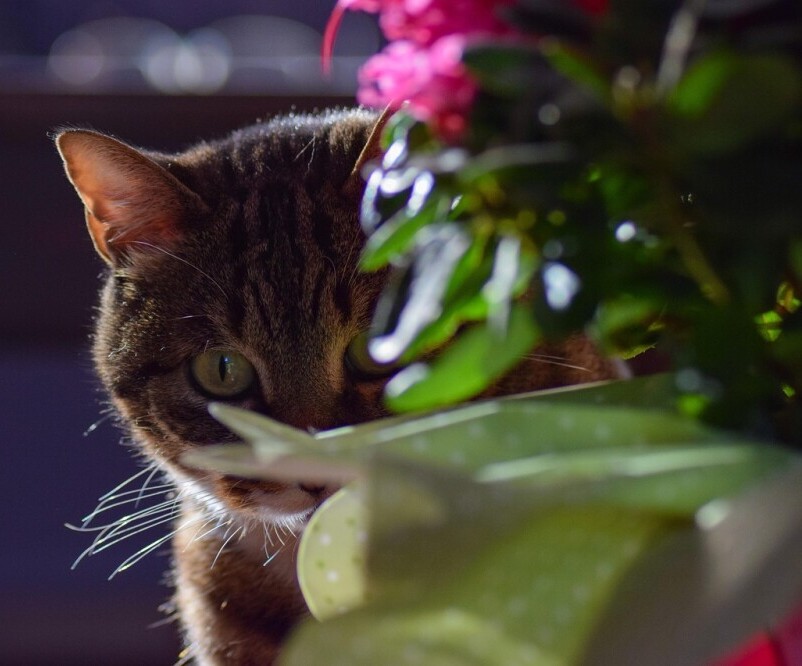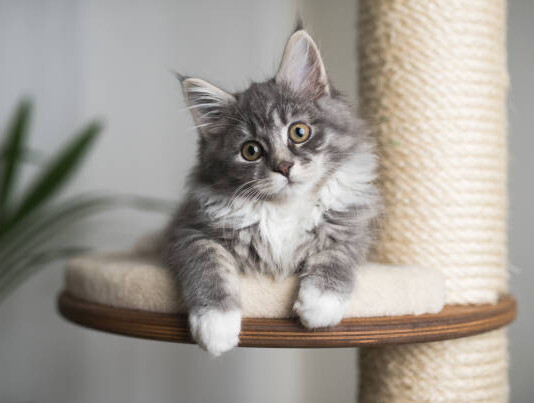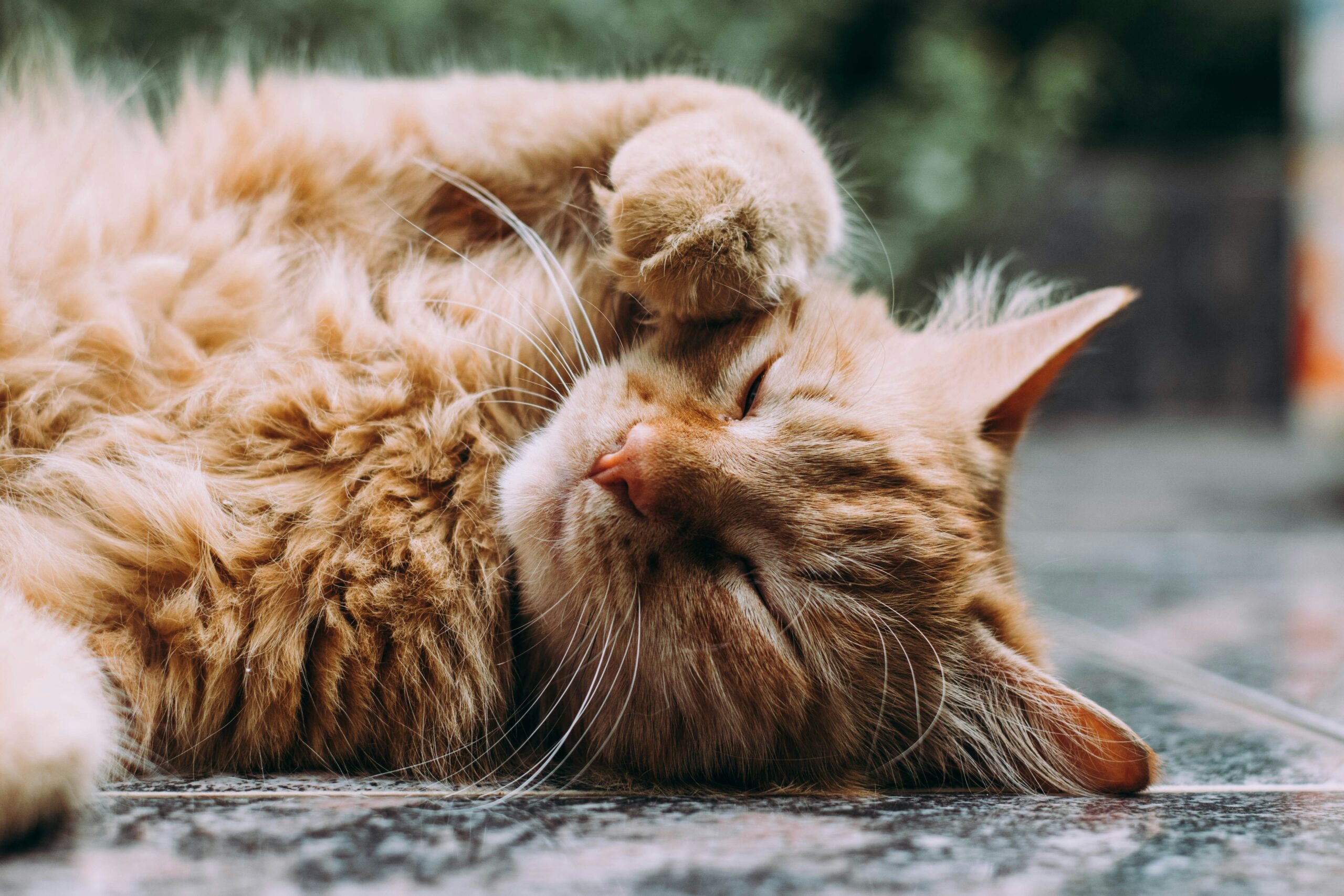Should I Get Another Cat?
Having a cat is a great experience. I’ve had cats as long as I can remember. When I’ve had only one cat, I’ve sometimes gave thought to whether or not my cat may like a friend, and whether or not I should get another cat.
Deciding to bring another cat into your home involves more than just thinking about your current cat. It’s also about being realistic about what your household environment can handle. Space is crucial. It’s not just about having enough room but also ensuring each cat can enjoy their corner without feeling cramped or threatened. Consider factors like room for separate feeding stations, litter boxes, and cozy spots to retreat. The more space each cat has to call their own, the smoother things will go. Every cat needs some personal space. That’s especially true in a multi-cat household. You want to maintain harmony, which means juggling territories, playtimes, and nap spots. The key is balance. Your current cat should still feel like the king or queen of the castle—even with a new roommate. Watch their body language for signs of stress or happiness—purring, hiding, over-grooming—and adjust accordingly.
Every cat needs some personal space. That’s especially true in a multi-cat household. You want to maintain harmony, which means juggling territories, playtimes, and nap spots. The key is balance. Your current cat should still feel like the king or queen of the castle—even with a new roommate. Watch their body language for signs of stress or happiness—purring, hiding, over-grooming—and adjust accordingly.
Factors to Consider Before Bringing Home Another Cat
Age plays a big role when you’re considering adding another cat to the mix. If your current cat is a senior, suddenly introducing a bouncy kitten might stress them out. Older cats often appreciate the quiet life, so you’d want to look at bringing in a cat closer to their age or energy level. On the other hand, two younger cats might create a dynamic, energetic alliance, keeping each other entertained and out of trouble.
You will also have to carefully consider the special needs of any cats you currently have. Blind or deaf cats might not handle change as easily as others. If your current cat’s blind, they rely heavily on their other senses to navigate their world. Introducing a new cat can throw off their routine, so you’ve got to think about how this change might stress them out or, maybe, enrich their life if done right.
For deaf cats, communication is different. They miss out on auditory cues and might rely more on visual signals or vibrations. Another cat could either become a comforting companion or a confusing presence, depending on how you handle the introduction. Making sure there’s plenty of space to avoid unexpected encounters and using scent to help the new cat ‘talk’ with your old cat can make a big difference.
You’ll need to ensure the new cat learns to respect these differences as well. Gradual introductions, as well as allowing each cat to observe and understand the other slowly, can make the adjustment easier. You’re not just adding a new pet; you’re trying to build a cohesive little feline society. Balancing these needs shows respect for your current best friend while welcoming a new one.
Creating a Smooth Transition for Your Feline Family
Introducing a new cat to your home should be more like a gentle wave than a tidal surge. Patience is your best friend during this transition. I haven’t had any overly-agressive cats in my time, so I normally will give the new cat the run of the house and let him decide how far he wants to go in his own time. I make sure the new cat knows where the litter box is, and they can go from there. A cat’s personality will determine how quickly they adapt to their new surroundings, along with how they will interact with the other cat, or cats. Whenever I do get a new addition, I always want to make sure that I will be home long enough to make sure there won’t be any major issues.
If you can’t be home to observe how your cats interact, you may want to start out and keep the new cat in a separate room. This will allows each cat to get accustomed to the other’s scent without the stress of immediate confrontation. Scent swapping using blankets or toys can help facilitate this process, making the presence of the other cat familiar before they even meet face-to-face.
When you are home, you can then start with supervised visits. Observe their interactions closely, looking for signs of acceptance or hostility. Positive signs include gentle touching or grooming, while growling or swiping calls for taking a step back and giving them a bit more time. Cats have their own language and this is one way that they will determine hierarchy between themselves. It’s a gradual process, and it’s best to let the cats work it out with time. It’s advisable not to intervene during this time unless a fight seems inevitable. However, a simple growl, hiss, or swipe between the cats is perfectly normal during this time and should not be a cause for concern.
When deciding whether or not to get another cat, you also need to take into consideration the need for each cat to have a personal space within shared areas, like dedicated approved resting spots or offering vertical territory with cat trees or shelves. Managing feeding times separately might help in the beginning to avoid competition for food. Ensure that each cat enjoys independent playtime with you, maintaining a strong bond individually.
Managing feeding times separately might help in the beginning to avoid competition for food. Ensure that each cat enjoys independent playtime with you, maintaining a strong bond individually.
For a smooth transition, monitor the social dynamics between your cats and be ready to tweak arrangements based on what you observe. Cats are territorial, and changes in the home can affect their social hierarchy. Being proactive in managing these transitions helps create a peaceful, joyful home for everyone involved. It’s about fostering a respectful environment where each cat feels secure and valued.
Most importantly, give it time. Your current cat will have to adjust to the new situation, and the new addition will have to adjust to its new surroundings. One cat that I adopted didn’t come out of our laundry room for 3 months. So please make sure when adopting another cat, or even adopting your first cat, that you are committed to giving that cat the time it needs to feel comfortable in their new home. Whether your current cat and the new cat become buddies, or whether they simply learn to tolerate one another, make sure that you are available to both of them, and always let them know that they’re loved.




1 comment